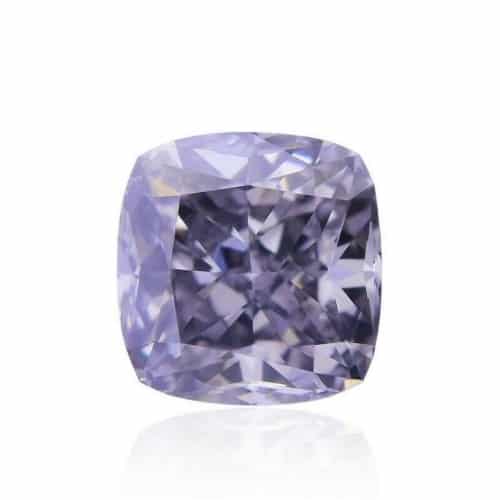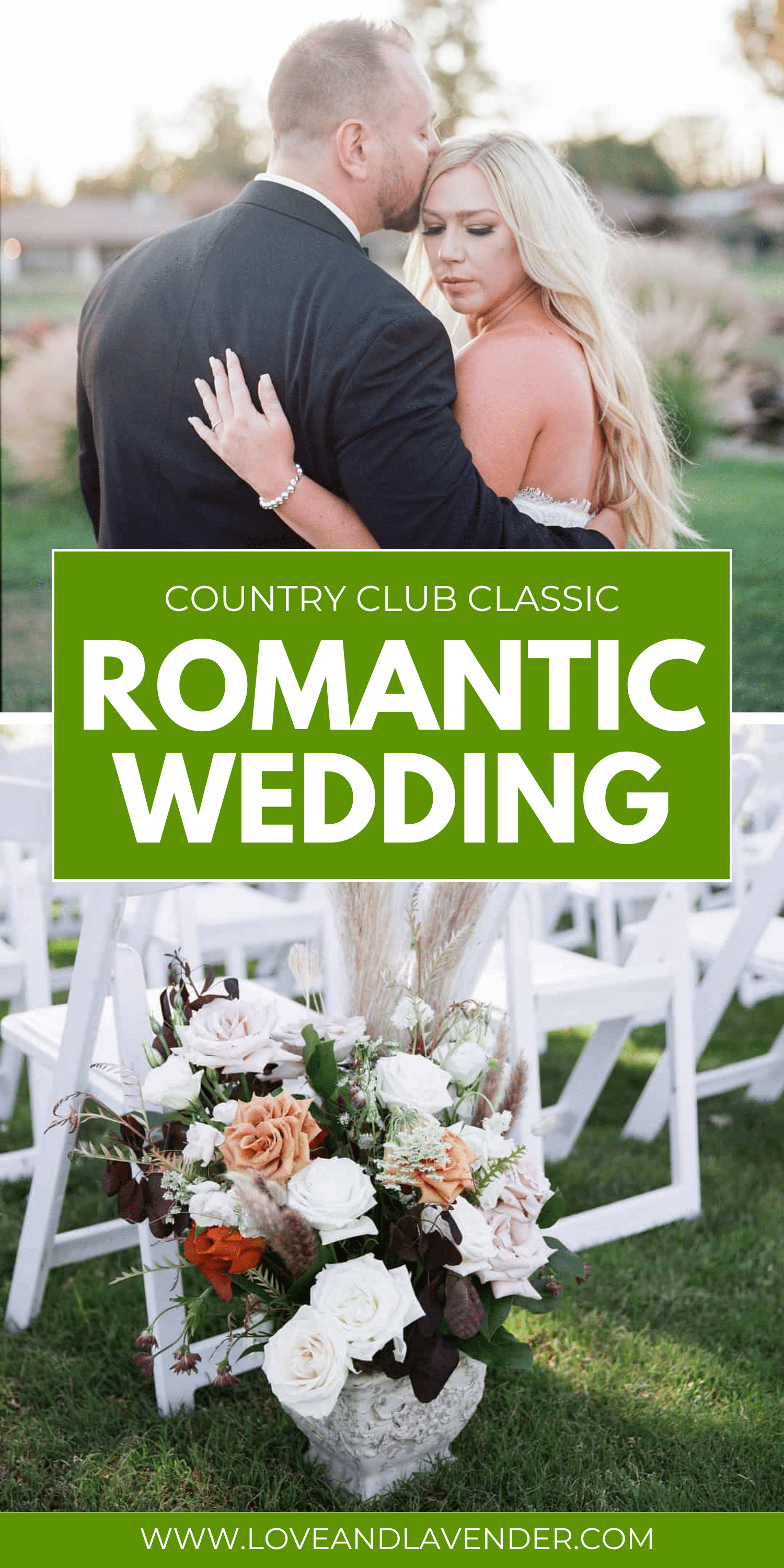If you’ve been to a jewelry store around the holidays, you’ve likely heard about colored diamonds — namely, the chocolate diamonds that have been in fashion lately, or the champagne diamonds that gained popularity in the 1980s.
But are colored diamonds real diamonds? What colors do they come in? And how do they compare to standard, colorless diamonds?
You have questions, and we have answers!
Read on to learn all about these gorgeous gems.
What is a Colored Diamond?
Deep inside the darkest caverns of the Natural History Museum in London, England, there’s a curious little box. Not too big, not too flashy, in typical restrained British fashion, and in this box is a small pedestal called the “Aurora Pyramid of Hope”. It is the world’s most complete and stunning display of natural, untreated, multi-colored diamonds.
Multi-colored what now?
Many people don’t realize that in addition to the icy, crystalline, colorless diamonds that have adorned the hands and throats of royalty for centuries, diamonds can come in a vast array of colors.
The colored diamond display in London’s natural history museum shows the entire range of possible color variations, from pale yellow to burnt marigold, glacier blue through to diamonds the color of the night sky, all the different verdant shades of green and even some of the world’s very, very few specimens of rarest red diamonds.
These diamonds get their unique colors from trace impurities and are some of the most consistently reliable investment pieces of the fine jewelry world. Historically, the most expensive items sold at auctions over the last century have been colored diamonds.
Are they real diamonds, though?
Yes! Colored diamonds are real diamonds with almost exactly the same geological properties and mineral makeup as colorless diamonds. The only difference is their slight chemical impurities or structural distortions that affect the way we perceive the light that passes through them. The vast majority of diamonds on the market will have traces of these impurities or distortions of formation — this is how we get our D-Z color grading scale when evaluating standard diamonds. Fancy colored diamonds will just have them in greater intensity, allowing us to perceive deeper and richer colors. Sometimes larger rough diamond stones will have both colored areas and colorless areas, which are cut into separate finished gems.
How are Colored Diamonds Formed?
Colored diamonds are formed deep within the earth in the same way as standard colorless or near-colorless diamonds: intense heat and pressure over a very long time that causes the crystallization of atoms of pure carbon.
Color can be created in diamonds in one of two ways: the first is with the inclusion of trace elements that change the body color of the diamond, usually nitrogen (which causes yellowish tints), or boron (which causes blueish tints).
 Pin
PinThe second cause of color is through inconsistencies in the way the diamond forms in the earth. As you may know, light is actually made up of a whole range of rainbow colors usually imperceptible to the human eye. Certain distortions of a diamond’s crystal lattice, or the way the atoms fit together, can cause the light entering the stone to break up and reflect back at us differently. Thus, we perceive certain colors more strongly than others. This is called selective absorption.
A talented and experienced stonecutter can make the most of this by cutting a deeper pavilion (the lower pointed part of the diamond) or by adjusting the way the girdle is cut and polished (the “belt” that runs around the center in between the upper and lower halves) to manipulate the way light travels through the stone.
What Colors Do Diamonds Come In?
As we can see in the elegantly streamlined “Aurora Pyramid of Hope”, diamonds can come in just about any color under the sun. Brown and yellow are the most usual colored diamonds to see — often called “chocolate” and “canary” diamonds. Pink and blue diamonds are less common and demand hundreds of thousands of dollars per carat. Orange, green, and red diamonds are the most rare; only a handful of specimens have ever been discovered.
Here’s a quick overview of some different diamond colors.
Brown Diamonds
Brown diamonds were considered unfashionable and unfit for jewelry up until the 1980s, when the Argyle diamond mine in Australia began marketing them as “cognac” and “champagne” diamonds. Their color comes from a shift in the internal growth pattern of the stone.
Two of the most popular, affordable colored diamonds available today are the aforementioned “champagne” diamonds — paler brown stones reminiscent of autumn leaves and candlelight — and “chocolate” diamonds, a trending industry term for deep, rich brown diamonds like a glittering hot fudge sundae.
Brown diamonds are the most commonly mined diamond color and have been found in several places around the world, but most notably Australia and Russia.
Yellow Diamonds
Yellow diamonds get their vivid sunny color from concentrated nitrogen deposits. Near-colorless diamonds with a slight yellow hue are generally considered undesirable and will receive a lower color grade between M and Z. When a diamond is in this range the cutter has to use his or her expertise to decide whether to cut it to minimize the perception of color as much as possible, thereby raising its grade, or to cut it to emphasize the yellow coloring even more so it can be sold as a colored diamond.
Yellow diamonds are the next most common diamond color and can be found in small pockets all over the world.
Pink Diamonds
 Pin
PinIn 2018, an 18.96 carat pink diamond sold through a Christie’s auction for $50,000,000, or 2.7 million dollars per carat. Pink diamonds are some of the most desirable gems in the world, continuingly smashing through auction estimates worldwide.
Their color comes from variations in growth and crystal structure. Most of the world’s pink diamonds come from Australia and India, with small deposits also found in Brazil, Tanzania, and Russia.
Violet Diamonds
 Pin
PinViolet diamonds are incredibly rare, sharing attributes from both the coveted blue diamonds and the rosy hue of a pink diamond. Gemologists believe that this unusual color comes from trace amounts of hydrogen and boron within the stone, possibly with certain growth variations similar to pink diamonds.
There haven’t yet been enough violet or purple diamonds discovered to make an in-depth study, so the gem and fine jewelry industry continues to learn with every new discovery. The few samples that have been found have come from Australia.
Blue Diamonds
When discussing blue diamonds, it’s hard not to think of the Hope Diamond, a 45.52 carat blue diamond that’s famous worldwide for its prestigious provenance, its contribution to furthering gemological science, and its tumultuous history of theft and misfortune.
The blue color comes from trace amounts of boron — which, incidentally, make blue diamonds superb conductors of electricity. Most blue diamonds come from South Africa, with small numbers found in Russia, India, and Brazil.
Orange Diamonds
Orange diamonds are exceedingly rare; indeed, they’ve been found in such small quantities that only limited research has been done into what causes their unique color. Most experts think it comes from a rare mix of structural distortion (similar to brown and red diamonds) and trace minerals (such as you’d find in a yellow diamond). The world’s most famous orange diamond, “The Pumpkin”, was discovered in Africa in 1997.
Green Diamonds
Green diamonds are the Bruce Banners of the fine jewelry world – they are formed when the stone is exposed to gamma radiation deep within the earth. Unfortunately, this means that their color is often concentrated only on the outer surface of the stone, rather than throughout the stone like other colored diamonds.
A skilled stonecutter needs to try and keep as much of the original surface as possible while still giving it its most beautiful shape. Also, because this irradiation process can be duplicated in a laboratory with relative ease, a green diamond needs to be inspected very carefully to know if its color is naturally derived or a product of later treatment. Small numbers of natural green diamonds have been found in Brazil, Russia, and Africa.
Red Diamonds
 Pin
PinLike brown and pink diamonds, red diamonds get their color from a deformation in their crystal structure, causing the selective absorption of most other colors and allowing us to perceive the color red. These diamonds fetch higher prices than any other; a 5.11 carat red diamond sold for $8,000,000 in 2001 and is estimated to be worth around $20m today.
Most of our known specimens of red diamonds have come from Australia, but pieces have been found in Brazil, Russia, and India as well.
Black Diamonds
 Pin
PinRemember Carrie Bradshaw’s black diamond engagement ring in Sex and the City? Also called “carbonado diamonds”, black diamonds are made up of tightly-woven internal inclusions, usually graphite or hematite. They are opaque and absorb light rather than refracting it, and their unique mineral content makes them very dense and even harder than standard colorless diamonds.
This makes them exceptionally difficult to cut and polish — an inexperienced or impatient stonecutter runs the risk of misjudging the patterns of the inclusions that make up its color and causing it to fracture. Natural black diamonds are primarily found in Africa and Brazil.
Gray Diamonds
 Pin
PinLike yellow diamonds, this color is very commonly found in colorless diamonds at the lower end of the D-Z color scale. Once a diamond passes out of the colorless range and into deeper, richer tones, its smoky pewter color becomes a source of fascination to collectors. Gray tones are most often found present in blue colored diamonds, creating unique hues reminiscent of storm clouds. They’ve been found in Brazil, Russia, Africa, and Australia.
White Diamonds
Hang on, hang on… aren’t most diamonds white? Well… not really. The standard diamonds we think of as “colorless” are transparent. Diamonds classified as white colored are more cloudy and translucent, reminiscent of an opal or a moonstone. Similar to the black diamond, this effect is caused by microscopic inclusions that scatter the light as it passes through the stone.
White diamonds are relatively unknown on the gemstone market, but are highly desired by collectors. They have been found in India and Brazil.
How are Colored Diamonds Graded?
There are some similarities and differences between grading standard colorless diamonds and fancy colored diamonds. The most important quality considerations are carat weight, cut, clarity, hue, tone, and saturation.
Carat Weight
Just like with standard colorless diamonds, the size and weight of the diamond plays an enormous role in its value. All of the record-breaking, headline-making, major player sales of colored diamonds over the years have been in substantial sizes over five carats. Rarity is a consideration when looking at size; colored diamonds are already so uncommon, and to find them in sizes over a half carat is almost unheard of.
Cut
Both standard colorless diamonds and colored diamonds are given a cut grade based on how well proportioned the facets are and how effectively the cut interacts with the light. In colorless diamond grading, the cut is possibly the number one most important factor in a diamond’s beauty.
However, cut grading tends to be a little bit more complicated when evaluating colored diamonds, because so much of the cutting and polishing process prioritizes getting the best body color and may be approached a bit differently. As you’ve seen, each colored diamond is unique and presents its own unique challenges. Only the very best in the industry are able to evaluate their rough diamond and find the best way to show its natural color to its absolute best potential, while still guarding against loss of carat weight and breakage.
Clarity
Clarity is an important consideration for both standard colorless diamonds and colored ones. High quality diamonds of any color should be clear, uniform, and free of visible impurities. The exceptions to this rule are black and white colored diamonds — the unique properties of both come from their pattern of clarity characteristics.
However, an intensely-colored diamond with an undesirable clarity grade will nearly always be worth more than an internally flawless diamond with a weak, washed out color.
Hue
Here’s where our diamond grading criteria starts to deviate. While the value of colorless diamonds increases as the amount of trace colored tones decreases with completely color-free diamonds (“D” grade) being the most desirable, colored diamonds are valued based on the opposite.
Hue is what we tend to think of as the “color”, for instance blue, pink or yellow. As you’ve seen above, some colors are rarer than others and command higher prices. Red, green, and blue in particular are always highly desired.
Sometimes diamonds will be given a base color and a “secondary” one to describe the hue in more detail — for example, “purplish red”, “greyish blue”, “greenish yellow”. This helps gemologists cover the entire spectrum of rainbow colors.
Tone
This refers to the relative light and darkness of the color, for instance light blue or deep blue. Generally mid-range tones towards slightly darker are most popular, but as long as the color is bright and intense, the tone is largely a matter of personal preference. Note, however, that black and white diamonds do not receive a “tone” grade as they represent and encompass only one polarity of darkness and light.
Saturation
Probably the most important grading characteristic for colored diamonds, saturation refers to the intensity of the color. Bright, vivid, eye-catching color will always be more valuable than dim, watery colors, no matter where the stone lands in the other grading considerations.
In a colored diamond grading report, these three color characteristics — hue, tone, and saturation — come together into an overall color grade. While there can be some overlap, most colored diamonds will fall under the terms Fancy, Fancy Light, Fancy Intense, Fancy Vivid, Fancy Deep, and Fancy Dark, with Vivid and Deep being the most valuable. This will then be followed by the hue to reach the final color grade, for instance, Fancy Deep Blue.
Beautiful, Valuable, and Always in Style
As you can see, the fancy colored diamond industry is a booming collector’s club, full of one-of-a-kind wonders, red carpets, family curses, high-profile auctions, and glittering jewels that may or may not be reminiscent of the Hulk.
Colored diamonds are some of the most reliable investments you can make, as their value consistently increases with every passing year. Their incredible rarity, as well as their appeal to a new generation that values individuality, innovation, and self-expression, ensures that colored diamonds continually sell for millions of dollars per carat at auctions that gain worldwide exposure. Now, with diamond mines reaching the end of their production potential and struggling to continue supplying the market, these unique colored beauties will be in even more demand.
Next time you want to invest in a forever piece, consider choosing a colored diamond ring that will compound its value exponentially and display your unique personality to the world.
Did you find this post useful? Then save THIS PIN below to your Jewelry board for later!
 Pin
Pin


















Leave a Reply